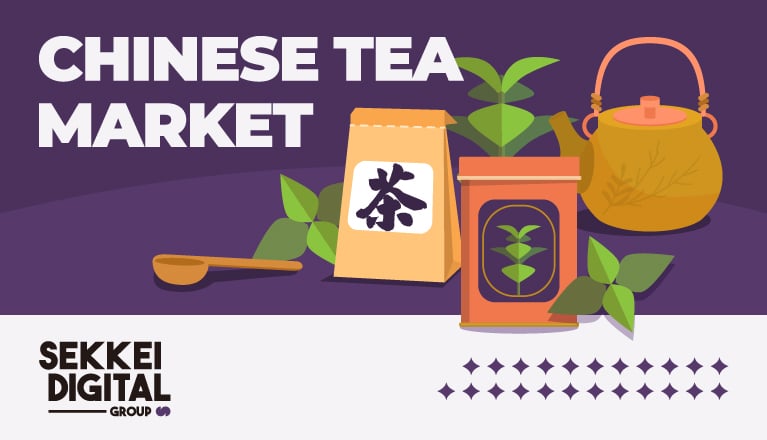Drinking tea has been a long-standing cultural practice of the Chinese people since 2732 BC. So, when it comes to tea consumption, it’s not a surprise that China is the largest market in the world.
Chinese consumers will always patronize tea drinks, and the demand for these products has only been increasing in recent years. Because of this, foreign tea importers are moving faster than ever to penetrate this market.
If you want to learn more about the Chinese tea market and get ahead of your competitors, here’s a brief guide on all the latest trends and strategies you must know.
What is the Chinese Tea Culture?
Chinese consumers consider tea products to be more than regular beverages. You may not know, but it’s deeply rooted in their history, tradition, and social customs.
It’s a tradition that spans over 4000 years. Up to this day, it still serves as a medium for social interaction and a symbol of hospitality in Chinese households. Tea ceremonies, in particular, are conducted to emphasize spiritual experience and reflect on the country’s ancient values.
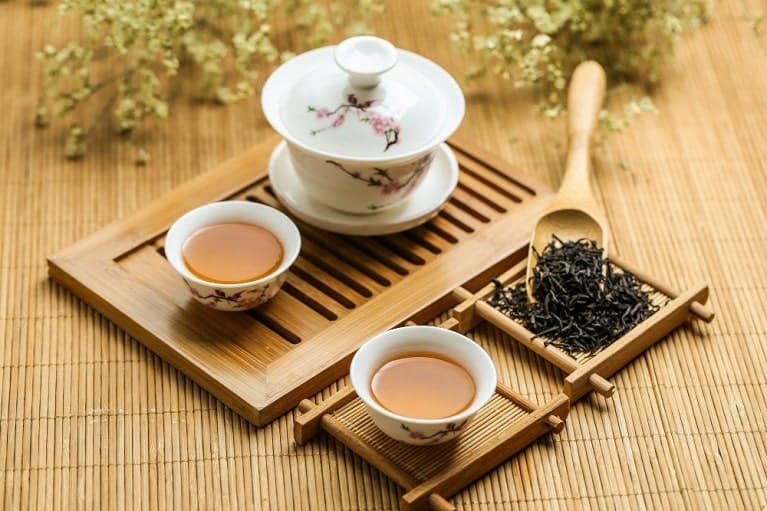
Image by xb100 on Freepik
Serving and drinking tea often signifies harmony, respect, and social status because it embodies philosophic beliefs from Daoism, Buddhism, and Confucianism. Tea consumers believe these principles are a way to cultivate oneself morally and spiritually.
Many locals also drink it because of the ancient health concepts stemming from the influence of traditional Chinese medicines. They practice mixing these herbs with tea leaves to maximize healing properties.
Today, these products come with unique flavors and brewing methods, like green tea, oolong tea, black tea, white tea, and jasmine tea. In modern tea shops, you’ll find related beverages like milk tea that are especially popular among younger consumers.
Understanding how this Chinese culture works and transforms over time can be pivotal in creating an effective digital marketing strategy, especially when selling tea produced outside of China.
How much tea is sold in China?
The mix of offline and online sales channels has led the China tea market to generate a sales volume of 2.3 million tonnes in 2021. With the rise of new-style tea beverages, its overall revenue reached around $49.9 billion in 2023.
The long-standing tradition of tea consumption in China also helped it gain an impressive annual growth rate of 5.13% between 2024 and 2028.
The dominant age group of tea consumers in China is understandably older. However, did you know that approximately 45.7% of those buying these products are young people under 34? This diversified consumer demand proves that local tea consumers are not restricted to one demographic.

What are the trends in the Chinese Tea Market?
1. Surging Demand for Foreign and High-end Brands
As the pioneer of tea products, it’s not a surprise that more than half of its dominating brands are from domestic companies. However, if you look at the data below from a recent report, the British-American tea brand Lipton seems to have tickled the fancy of Chinese consumers.
They entered China by launching two green tea variations: Jasmine and Tie Guan Yin. Today, the company is selling over 200 products within the local tea market.
Although Lipton offers different tea types across several e-commerce platforms, the brand has continued to gain recognition as the famous “yellow tea bag.”
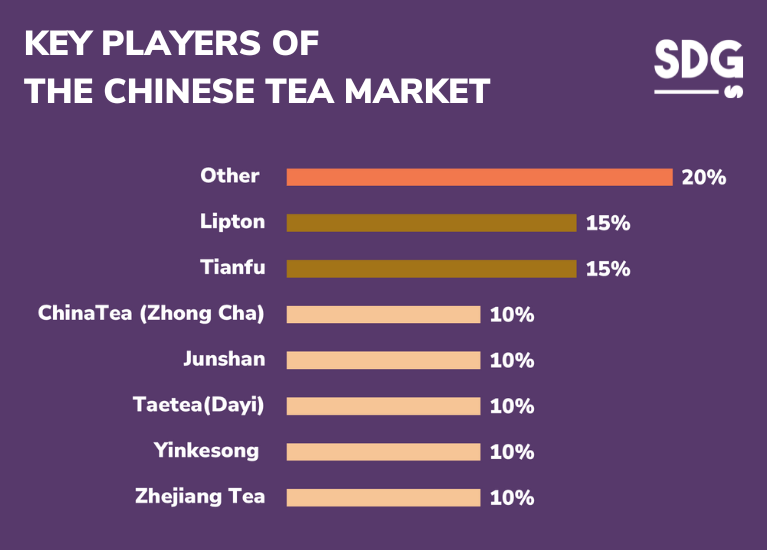
Tea in China – Key Players (Source: Statista)
The penetration of Lipton in China’s tea market signifies the growing appetite among Chinese people, particularly young consumers, for foreign products.
This trend goes beyond the traditional tea culture and is fueled by perceptions of quality, prestige, and uniqueness associated with imported goods. Brands can capitalize on this purchasing habit by highlighting unique origins, stories, and product standards.
It’s important to create a narrative that distinguishes your brand from domestic products, not only in tea quality but also in providing premium, new drink experiences.
2. Chinese Culture of Giving Tea Gifts
Another part of China’s tea culture is gift-giving. These drinks are often used to show respect and build relationships during special occasions or national festivals.
Since ancient times, gift-packaged tea has always been considered a luxury item because of its monetary value and health benefits. Locals also give teas to hosts when visiting their homes to thank them for their hospitality.
The significance of tea in China during major holidays like the Spring Festival opens an opportunity for foreign brands to introduce premium, well-packaged tea products suitable for gifting.
While a new-style tea is not always necessary when entering the Chinese market, you still need to localize your brand according to the taste of local consumers. Remember that these products are highly cultural, so it’ll be wise to incorporate Chinese art and symbolism elements to appeal to this market.
3. Regionally Influenced Demand From Tea Consumers
The country’s vast geography and diverse culture often indicate that consumers in different regions don’t have the same preferences regarding tea leaves in their drinks.
For example, green tea consumption is a predominant trend only in East China. Meanwhile, consumers in the Southern regions may have a stronger taste preference for oolong or black tea.
Milk tea variations have also been taking the market by storm in recent years. Based on recorded reports, it is said that the consumption of this milk-infused drink is five times higher than coffee.
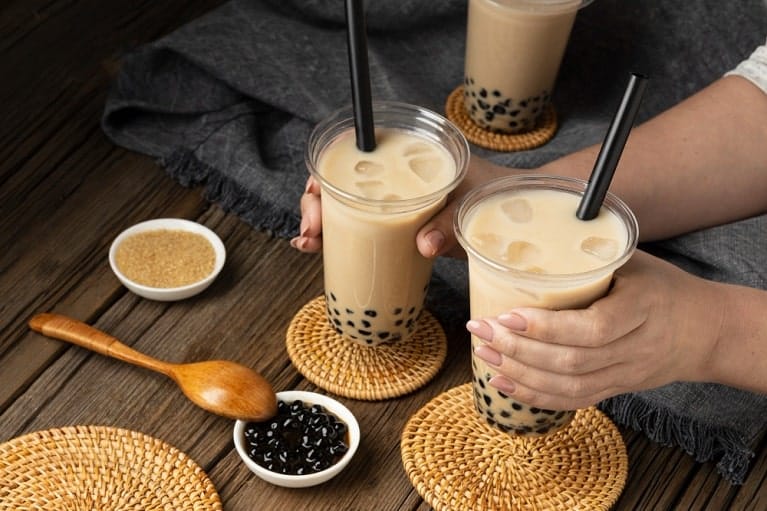
Image by Freepik
The milk tea products we know today gained popularity in China between the 1980s and 1990s. However, according to some records, mixing fruits with fruit tea leaves bears a resemblance to the cultural drink made by minority groups in North China.
Despite its origin, the commercial version of milk teas is more prevalent in major metropolitan cities like Beijing and Shanghai. Places with strong youth cultures, such as Guangzhou and Shenzhen, also have solid milk and fruit tea market in China.
4. Emphasis on Health Benefits and Quality
Tea culture is a massive part of the health and wellness craze in China. When it comes to food and drinks, Chinese consumers are increasingly health-conscious. So, it’s only natural that they are actively seeking out teas that offer not just traditional flavors but also healthy benefits.
Many products in the China tea market are known for their health benefits, such as green tea’s antioxidant properties or herbal teas’ therapeutic effects.
How to sell tea in China?
Domestic players dominate China’s tea market, so foreign marketers must know when and where to market their products effectively. Here are a few pointers you should consider:
1. Participate in China’s annual trade fairs & expos
Participating in trade fairs and expos is an effective way to enter the local tea trading scene. These events offer opportunities to showcase the quality of your brand, understand the evolving local market trends, gauge consumer feedback, and build a network for potential partnerships.
- Shanghai International Tea Trade Fair
This fair is one of the most prominent platforms for the tea industry in China. It attracts many participants, from tea growers to international brands.
Engaging with exhibitors in this fair can provide valuable insights into the local market, allow for direct interaction with potential customers and partners, and enhance brand visibility.

Source: cantonfair.net
- China Xiamen International Tea Fair
As a city with a rich tea culture, this Xiamen event focuses on the entire tea supply chain, from production to packaging and marketing.
It’s an excellent venue for foreign brands to introduce their products to a targeted audience and to establish business relationships with local distributors and retailers.
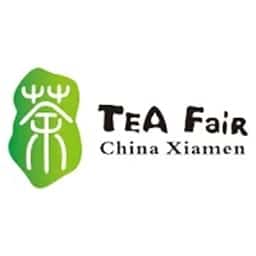
Source: tradefairdates.com
- China International Natural Food and Beverage Expo (NFBE)
While not exclusively a tea fair, the NFBE is crucial for any brand in the natural beverage sector, including tea. It emphasizes health and wellness products, aligning well with the growing health-conscious market segment of tea consumers.
This expo is an opportunity to position your tea brand within the broader context of healthy living.
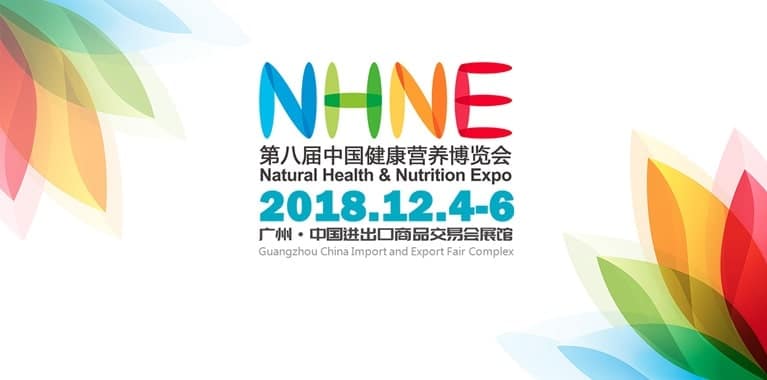
Source: Guangzhou International Food and Beverage Expo(NFBE)
2. Choosing the Right E-commerce Platforms
To sell tea brands online in China, foreign companies must establish a presence on local e-commerce platforms. Fortunately for you, online marketplaces like Tmall Global and JD Worldwide offer a streamlined way to enter the Chinese market without needing a physical store in the country.
When you set up a virtual store in any of the local marketplaces available in China, it’s worth noting that it involves various verifications, requirements, and compliance with local regulations.
After all that, you can sell directly to Chinese consumers, with the platform handling logistics and customs clearance for you.

3. Implementing Influencer Marketing Strategies
When searching for KOLs to collaborate with, consider influencers who align with your brand values and have a following that matches your target audience. It could include tea experts, lifestyle influencers, or health and wellness experts.
Marketers can develop collaborative campaigns with KOLs, such as limited-edition products, live brewing sessions, or tea-tasting events, to generate buzz and authenticity around your brand.
4. Optimizing for Local Search Engines
In China, the digital landscape and consumer behavior are unique, making SEO strategies different from those in Western markets. So, when you’re using local platforms like Baidu or Sogou, you must utilize Mandarin keywords, understand local search behaviors, and create content specific to the Chinese market.
A strong SEO strategy ensures that your brand appears prominently in the search results when potential customers search for tea-related terms.
Try to look at what local competitors are doing and how they are perceived online. This insight can help foreign brands position themselves effectively in the local business scene.
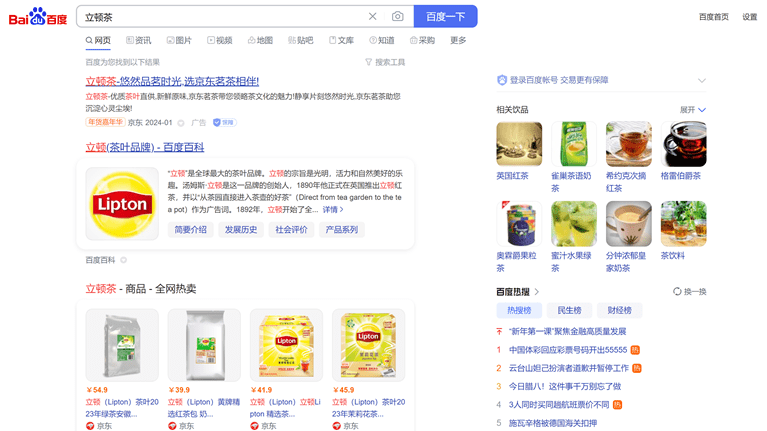
Baidu search results for Lipton
Quick Q&A
What is the history of tea in China?
Tea in China has a history spanning thousands of years. It is believed to have originated as a medicinal drink, gradually evolving into a daily beverage during the Tang dynasty. Over centuries, tea has played a crucial role in Chinese culture, influencing social customs, literature, and the arts.
Do Chinese people drink tea every day?
Yes, many Chinese consumers drink tea daily. Tea is an integral part of Chinese life and culture. It is a beverage and a medium for social interaction and relaxation. Different regions in China may have specific preferences for tea types and brewing methods.
How big is the tea market in China?
The tea market in China is the biggest globally, valued at over $91 billion. Today, it’s worth $49.9 billion, and projections suggest it could grow to $84.5 billion by 2028. The country has a rich tea history spanning over four thousand years, accounting for about 40% of the world’s tea consumption.
Ready to Dominate the Chinese Tea Market? Get In Touch With Us Today!
China’s tea market offers a significant opportunity for foreign brands. However, its evolving consumer preferences, cultural nuances, and regulations may appear overwhelming for newcomers.
At Sekkei Digital Group, we understand the subtleties inherent to the Chinese business scene– including consumer behaviors and the ever-evolving trends that shape it. With our extensive expertise in this niche, we offer you the avenue to unlock your brand’s potential and secure a formidable position as a leading brand in China.
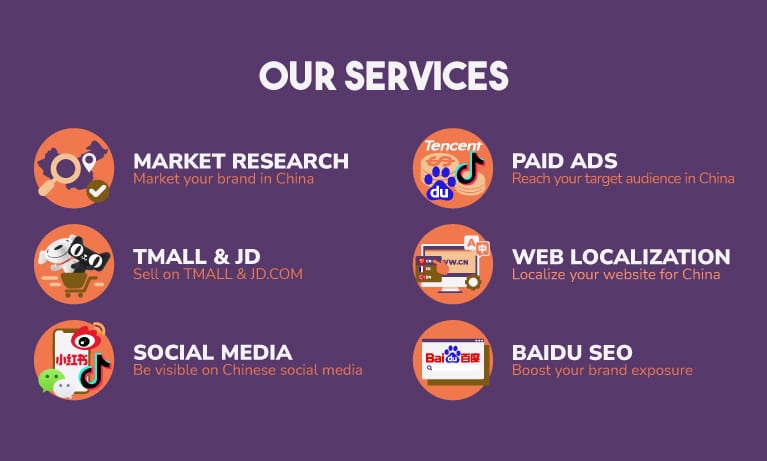
Whether it’s crafting compelling advertising campaigns, utilizing social media platforms, or opening a virtual storefront, we have the digital solutions you need. Contact us today, and let’s start working together!
References:
Tea – China
How to Sell Tea in China?
Blending tradition and trend in the world’s largest tea market

